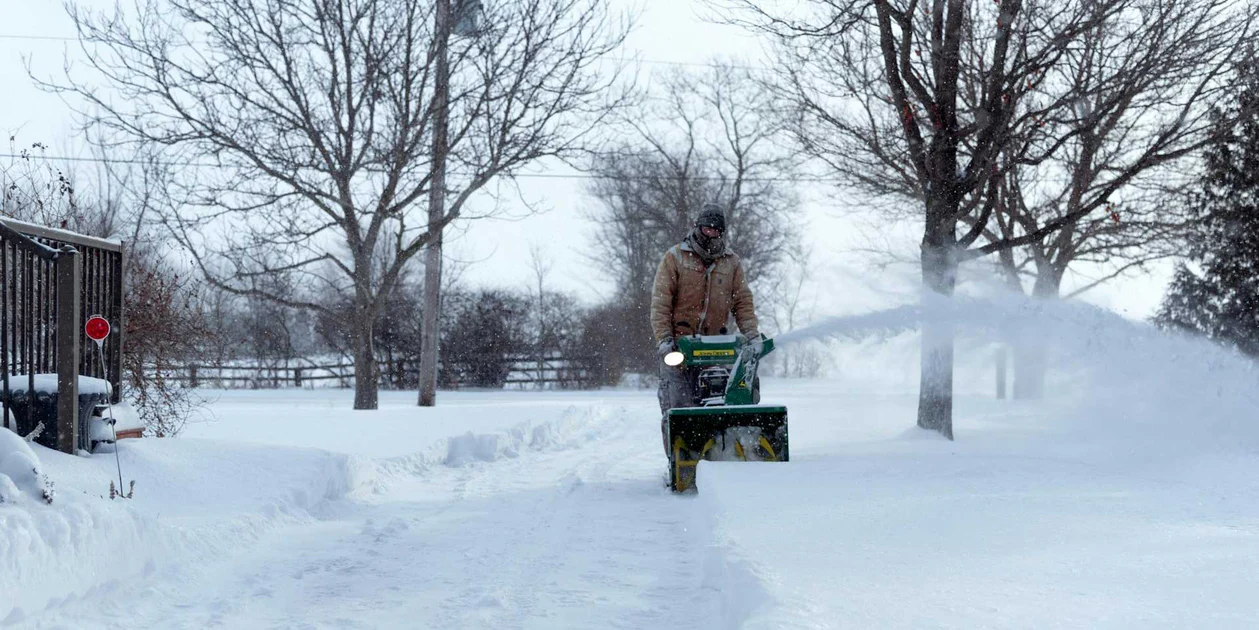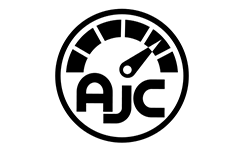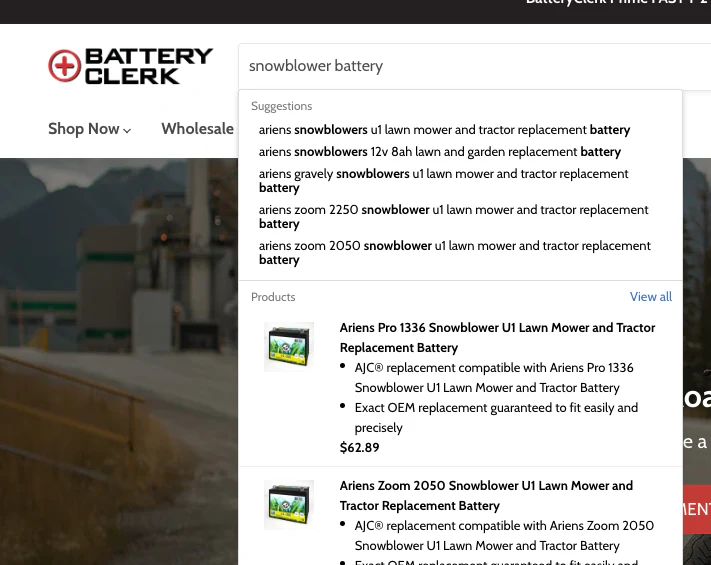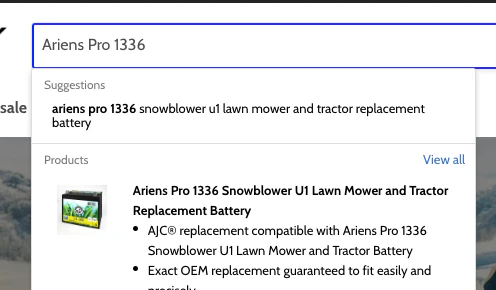Buying a Replacement Snowblower Battery

This is about the time of year in many parts of northern USA and Canada where the snow is starting to come down and in some locations, it’s coming down hard. If you have a large driveway or sidewalks in front of your house, you need to clear it quickly. Sure, you can drag out the trusty, rusty shovel and potentially do some physical damage or you can make life a little easier for yourself by getting a snowblower.
If you’re in the market for a snowblower, there are essentially two types: electric and gas-powered. Let’s explore some of the differences between gas and electric snowblowers.
Gas Snowblowers
Gas-powered snowblowers offer some distinct advantages over their electric counterparts, especially when tackling tough winter conditions:
Power and Performance:
- More muscle: Gas engines typically generate significantly more power than electric motors, allowing them to handle deeper snowfalls, heavier wet snow, and even ice chunks with ease.
- Wider clearing paths: Gas-powered models often boast wider clearing widths (up to 45 inches) and higher intake depths (up to 23.5 inches) compared to most electric ones, making them faster and more efficient for larger clearing jobs.
- No power cord limitations: Forget the hassle of extension cords and limited range. Gas-powered snowblowers offer complete freedom of movement, letting you tackle any area on your property without worrying about being tethered to an outlet.
Versatility and Convenience:
- Self-propelled models: Many gas-powered snowblowers are self-propelled, meaning they take the effort out of clearing snow, even on inclines or rough terrain.
- Multiple stages: Two-stage gas-powered models effectively break up and throw snow in one smooth motion, offering superior performance in heavy or packed snow.
- Wider range of features: Gas-powered models often come equipped with additional features like heated grips, electric starters, and even lights for nighttime operation, enhancing comfort and convenience.
Other Considerations:
- Fueling and maintenance: While gas engines provide more power, they also require regular fueling and maintenance like oil changes and tune-ups.
- Noise and emissions: Gas engines operate at a higher noise level and emit exhaust fumes, potentially impacting neighbors and environmental concerns.
- Storage and safety: Proper storage and handling of fuel and oil are essential for safety and to prevent spills.
Overall, gas-powered snowblowers excel at tackling heavy snowfalls and larger clearing jobs on wider properties. They offer greater power, versatility, and features, but come with the trade-off of requiring maintenance, generating noise and emissions, and needing readily available fuel.
Electric Snowblowers
Electric snowblowers offer a set of distinct advantages over their gas-powered counterparts, especially for smaller areas and lighter snow conditions. Here are some key benefits:
Convenience and Cleanliness:
- Effortless startup: Forget pulling cords or dealing with fumes. Electric snowblowers typically feature simple push-button or key-turn starts, making them a breeze to operate.
- Low maintenance: No gas, oil changes, or spark plugs to worry about. Electric models require minimal maintenance, just occasional cleaning, and lubrication.
- Zero emissions: No harmful exhaust fumes are produced, making them an environmentally friendly choice and kinder to your neighborhood.
- Quieter operation: Electric motors run significantly quieter than gas engines, reducing noise pollution and making them ideal for early mornings or late nights.
Lightweight and Maneuverable:
- Lighter weight: Electric snowblowers are generally lighter than gas models, making them easier to lift, push, and store.
- Compact size: Many electric models are more compact, making them ideal for smaller driveways and sidewalks, or easier to navigate around obstacles.
- No power cord hassle: Cordless models offer complete freedom of movement without worrying about tripping over or tangling up an extension cord.
Other Advantages:
- Multiple power options: Electric snowblowers come in both corded and cordless versions, offering flexibility based on your needs and power outlet availability.
- Instant torque: Electric motors deliver immediate torque, making them effective at tackling light to moderate snowfalls.
- Safety features: Many models are equipped with safety features like blade disengagement and automatic shutoff switches for added peace of mind.
Things to Consider:
- Power limitations: Electric motors generally have less power than gas engines, making them less suitable for deep snow, heavy wet snow, or large clearing jobs.
- Run time: Cordless models have limited run times based on battery capacity, requiring recharging after certain durations.
- Clearing width: Electric models usually have narrower clearing widths compared to larger gas models.
Choosing the right type of snowblower depends on your individual needs and preferences. Consider the size of your property, typical snowfall amounts, and your desired level of convenience and environmental impact when making your decision.
BatteryClerk carries a handful of replacement batteries for gas-powered snowblowers as well as a selection of battery-powered options like the Kobalt 80v Chainsaw 80V Leaf Blower 80V Max 12-in Snow Shovel and will continue to expand on those options but the process for finding a replacement snowblower battery remains the same.
General Search – type in “Snowblower battery” and see what comes up.
Product-Based Search – Search by the product model (in our case Ariens Pro 1336)
Model-based Search – many batteries will have an ID number listed somewhere on the casing. Put that into the search and see if there’s a match (in this case CS-KBT254PW, the electric powered combination tool)
Whatever your snowblower needs, BatteryClerk is here to keep you powered up all winter long. We’re constantly adding new options to our battery lineup, so be sure to check back for even more choices!



